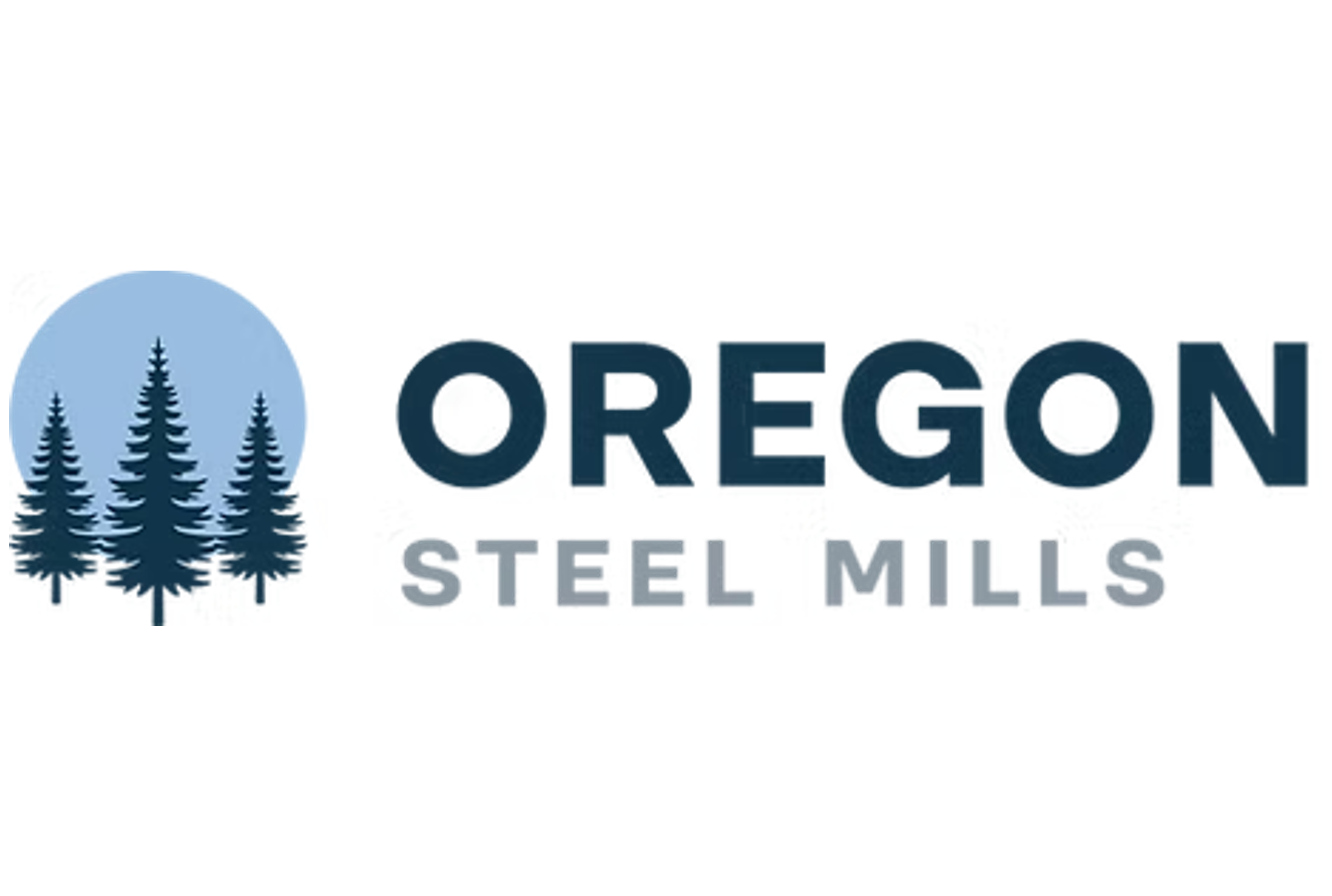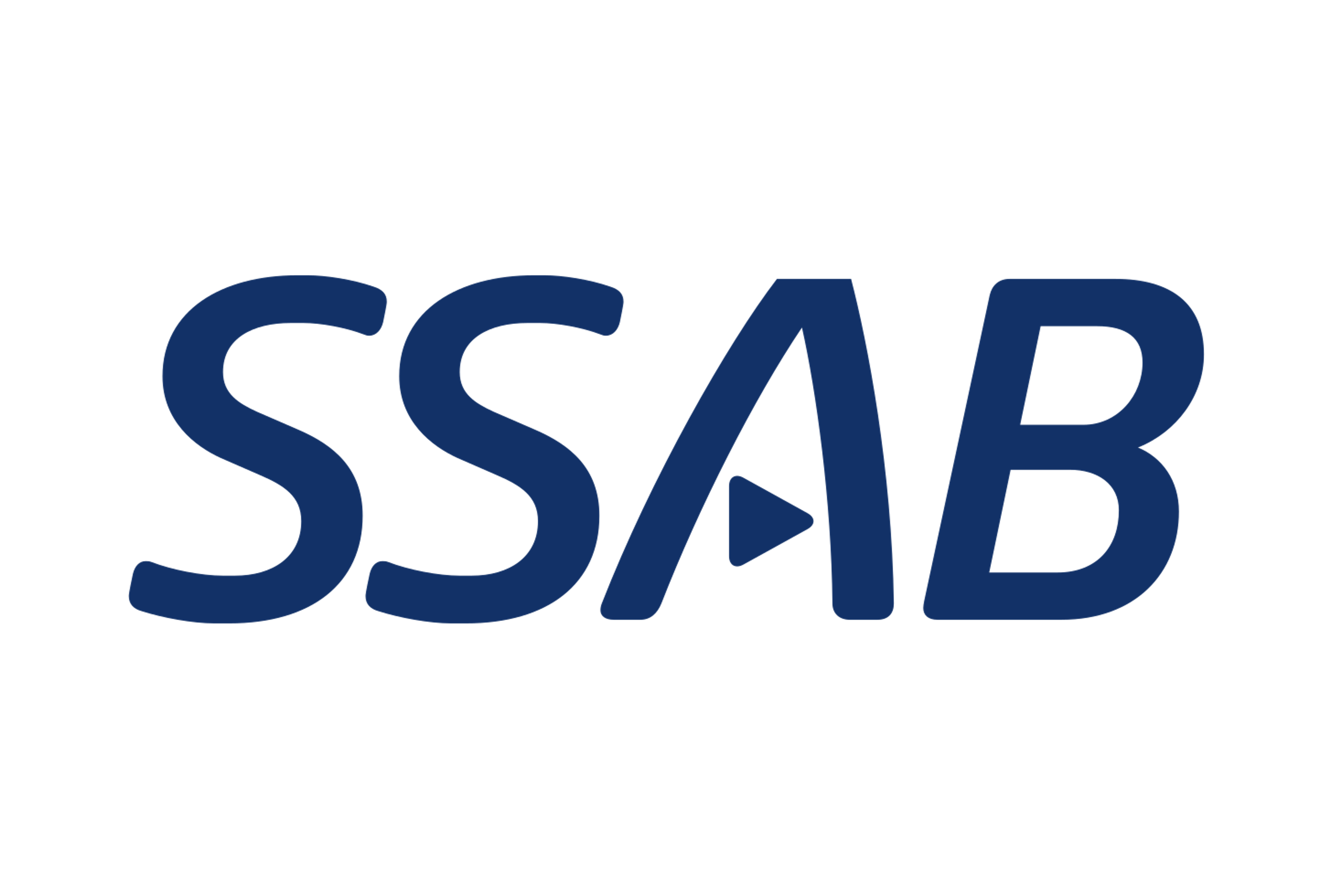Analysis
May 19, 2024
Final thoughts
Written by Ethan Bernard
Sometimes, even in a bit of chaos, there is complacency. And it seems that since March 2020, “a bit of chaos” has been the order of the day. That means in the world at large, and in steel specifically. Since 2020, we’ve been lurching from crisis to crisis. Whether it’s a pandemic, or war in Ukraine, and now in the Middle East, a company’s job is to manage risk and always chart a course with profitability in mind.
Lourenco Goncalves, Cleveland-Cliffs’ chairman, president, and CEO, raised the bar a bit while addressing the American Iron and Steel Institute’s (AISI’s) annual general meeting in Washington on Tuesday. He is also currently chairman of AISI.
Looking at the current geopolitical situation in hotspots in Asia, Europe, and the Middle East, he compared the situation to 1930-40. “You connect the dots. We are at war already,” he said.
That really got people’s attention.
“And at this point in time, it’s time for the United States to really understand our role in the world. And by understanding our role in the world, understanding the role of steel in a situation like that,” he added.
Immediately, this brought to mind images of Liberty Ships and Rosie the Riveter, a US economy that got on a war footing and used extensive manufacturing as one of the keys to victory in World War II.
I was able to ask Goncalves about this further at a press conference following the remarks. That is, if the entire US economy could soon change, and there could be a massive uptick in demand for steel, as there was in the US in WWII.
“Yes, absolutely… I agree with your conclusion and your assessment,” he said. Unfortunately, that was something I would’ve rather been wrong about.
“I believe in the 1930-40 time frame, the world was repositioned, countries, that is in terms of who was friends with whom,” he added.
He went on to give the example of how a country like the Soviet Union was our ally in WWII but soon became our enemy afterward. Germany (West Germany until reunification), in contrast, soon became an American ally.
The world is much more interconnected than it was in 1939. Technology, in the sense of things like the Internet, AI, and intercontinental ballistic missiles, means 21st-century conflicts could look like a lot different than mid-20th-century conflicts.
One thing that hasn’t changed is the need for steel. Whatever the next month, six months, or five years bring, steel will be crucial for our nation’s future. The question is, with the future so uncertain, what added steps do we need to take to prepare?







